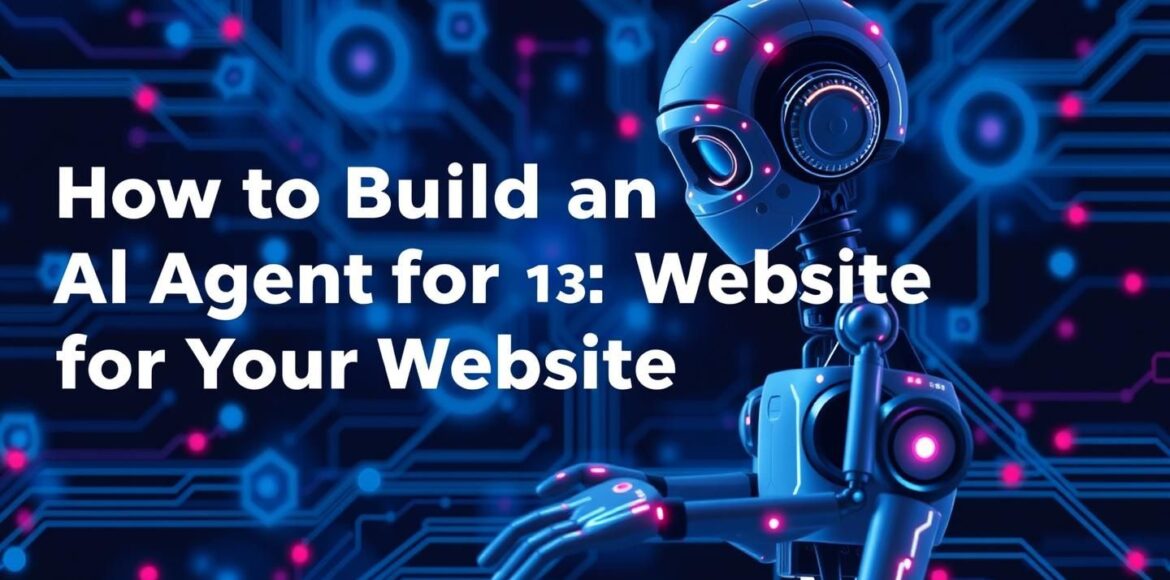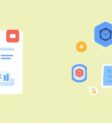
Understanding the Foundations of AI Agents for Websites
Building an AI agent for your website involves integrating smart technologies to enhance user interaction and automate tasks. AI agents, also known as chatbots or virtual assistants, use machine learning, natural language processing, and data analysis to respond intelligently to user queries. To create an effective AI agent, it is crucial to understand your website’s goals, user needs, and the type of interactions your agent will handle.
Start by defining the purpose of your AI agent. Is it for customer support, lead generation, or content recommendation? Identifying the use case helps you choose the right technologies and design conversational flows. Additionally, consider the data sources your AI will leverage, such as user data, FAQs, or product information, to provide relevant responses.
Step-by-Step Process to Build Your AI Agent
Creating an AI agent requires a structured approach that encompasses design, development, and deployment:
- Step 1: Choose the AI Platform and Tools
Select AI development platforms like Google’s Dialogflow, Microsoft Bot Framework, or open-source options such as Rasa. These tools provide infrastructure for natural language understanding (NLU) and integration capabilities. - Step 2: Design Conversation Flows
Map out potential user interactions and define intents (user goals) and entities (key information). This step involves scripting dialogues that anticipate user questions and guide the agent’s responses logically and naturally. - Step 3: Train Your AI Model
Upload sample phrases and data to train the AI in recognizing user intent and extracting relevant information. Continuous refinement is essential to improve accuracy and handle diverse expressions. - Step 4: Integrate with Your Website
Embed the AI agent into your site via widgets, APIs, or SDKs, ensuring it works seamlessly across devices. Test functionality thoroughly to confirm smooth user interactions. - Step 5: Monitor and Optimize
After deployment, track user engagement and feedback through analytics. Use insights to fine-tune the AI’s responses, add new capabilities, and maintain relevance over time.
Remember that privacy and security are paramount; ensure compliance with data protection regulations when handling user information.
Enhancing User Experience with Your AI Agent
Once your AI agent is operational, focus on enhancing its performance:
- Personalization: Tailor interactions based on user behavior and preferences.
- Context Awareness: Enable the AI to understand conversation history and user context for more accurate answers.
- Multi-Channel Support: Expand the AI agent’s presence beyond your website to platforms like social media or messaging apps.
By continuously evolving your AI agent with these improvements, you will maximize user satisfaction and boost your website’s effectiveness in achieving its goals.
Conclusion
Building an AI agent for your website involves thoughtful planning, design, and technical execution to create engaging and helpful user interactions. By selecting the appropriate tools, designing intuitive conversations, and continuously optimizing based on user data, you can develop a powerful AI solution that significantly enhances your website’s functionality. Emphasizing privacy and ongoing improvements ensures your AI agent remains a valuable asset in delivering exceptional user experience.






